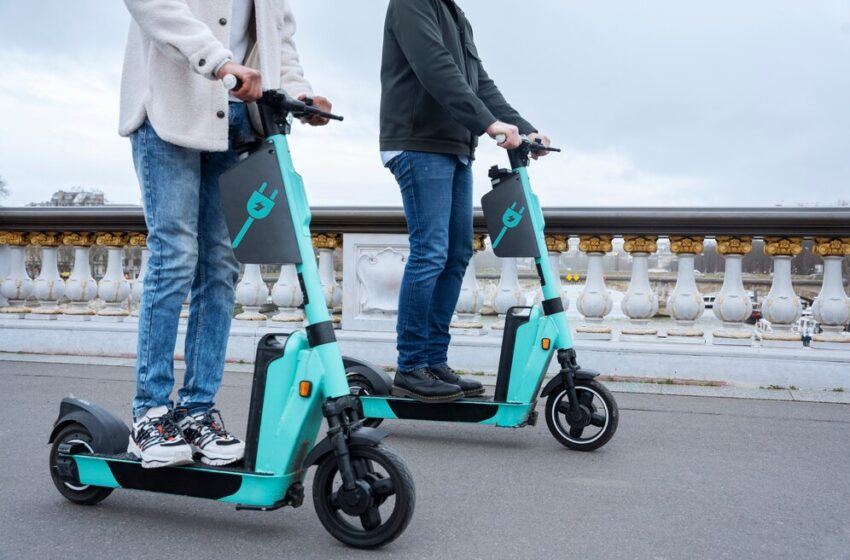The Potential of Micro-mobility Solutions in Reducing Urban Traffic Congestion.

Urban traffic congestion is a pervasive issue that plagues cities worldwide, leading to lost productivity, increased air pollution, and heightened stress levels among commuters. In the quest for more sustainable and efficient urban transit systems, micro-mobility solutions have emerged as a promising alternative. These solutions, including bikes, e-bikes, and electric scooters, offer a flexible and eco-friendly means of navigating the urban landscape. This blog explores the potential of micro-mobility in reducing urban traffic congestion, highlighting its benefits, challenges, and future prospects.
Understanding Micro-mobility
Micro-mobility refers to a range of small, lightweight vehicles operating at speeds typically below 25 km/h (15 mph). These vehicles are designed for short-distance travel, providing an efficient way to bridge the first and last mile of a commuter’s journey.
Key Components of Micro-mobility:
- Electric scooters (e-scooters)
- Electric bicycles (e-bikes)
- Pedal bikes
- Other small, electric vehicles
The Impact on Urban Traffic Congestion
Micro-mobility offers a viable solution to the issue of urban congestion by reducing the dependency on personal automobiles for short-distance travel.
Benefits of Micro-mobility:
- Reduced Traffic Volume: By shifting short-distance travel from cars to micro-mobility devices, cities can significantly reduce the number of vehicles on the road.
- Improved Air Quality: Electrically powered micro-mobility devices contribute to lower emissions compared to gasoline-powered vehicles.
- Enhanced Urban Mobility: Micro-mobility provides a convenient and accessible option for navigating congested city streets, reducing travel time and improving the overall urban experience.
Challenges and Considerations
While micro-mobility holds great promise in addressing urban congestion, several challenges need to be addressed to fully realize its potential.
Safety Concerns:
- The integration of micro-mobility devices with traditional traffic poses safety risks, necessitating the development of dedicated lanes and regulations.
Infrastructure Needs:
- Adequate infrastructure, such as bike lanes and parking stations, is essential for the safe and effective use of micro-mobility solutions.
Regulatory Frameworks:
- Establishing clear regulations that define the use, parking, and operation of micro-mobility devices is crucial for maintaining order and safety on urban roads.
Success Stories and Adoption
Several cities around the world have successfully integrated micro-mobility solutions, showcasing their potential in reducing congestion and enhancing urban mobility.
Examples of Micro-mobility Success:
- Paris, France: The city has embraced e-scooters, with extensive bike lanes and regulations that encourage the use of micro-mobility devices.
- Copenhagen, Denmark: Known for its bike-friendly infrastructure, Copenhagen has long been a leader in promoting cycling as a primary mode of urban transportation.
The Role of Technology in Micro-mobility
Advancements in technology play a crucial role in the adoption and efficiency of micro-mobility solutions.
Innovations Enhancing Micro-mobility:
- GPS and Mapping: GPS technology enables efficient routing and tracking of micro-mobility devices, improving user experience.
- Mobile Applications: Apps facilitate easy access to micro-mobility services, allowing users to locate, rent, and pay for devices seamlessly.
- Battery Technology: Improvements in battery life and charging infrastructure support the widespread use of electric-powered micro-mobility options.
Future Prospects and Policy Implications
The potential of micro-mobility to transform urban transportation systems is vast, but its success depends on supportive policies and continued innovation.
Strategies for Promoting Micro-mobility:
- Investment in Infrastructure: Developing infrastructure that supports the safe use of micro-mobility devices is critical.
- Incentives for Adoption: Financial incentives, such as subsidies for e-bike purchases or tax breaks for micro-mobility businesses, can encourage adoption.
- Public-Private Partnerships: Collaboration between cities and micro-mobility providers can lead to innovative solutions tailored to local needs.
The Vision for Future Urban Mobility:
- The integration of micro-mobility into public transit systems, creating a seamless, multimodal transportation network that efficiently addresses the needs of urban commuters.
Conclusion
Micro-mobility offers a promising avenue for reducing urban traffic congestion, contributing to more sustainable, efficient, and livable cities. By addressing safety, infrastructure, and regulatory challenges, cities can harness the full potential of micro-mobility solutions. As technology continues to evolve and cities adopt more forward-thinking policies, micro-mobility could play a central role in reshaping urban transportation landscapes worldwide, making them greener, more efficient, and more enjoyable for all residents.
(Nominate Now: Join us to spotlight your achievements! Be part of the elite in the business and finance community. Exciting opportunities await!)







